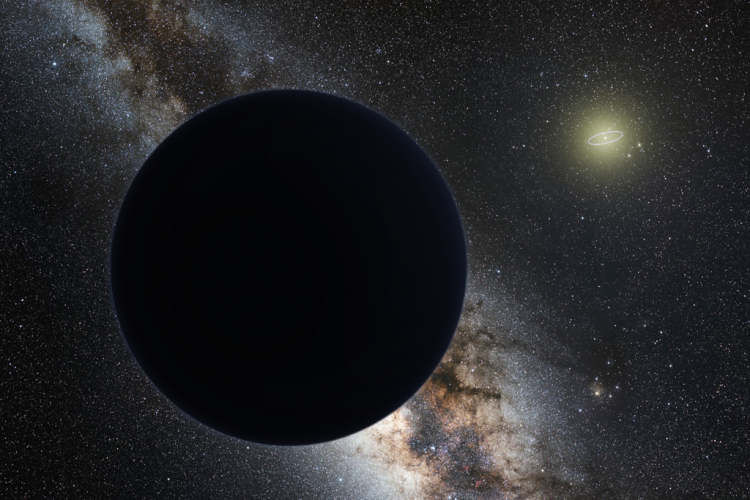A massive exoplanet that has been discovered orbiting a double star 336 light-years away could provide answers to a mystery close to our planet.
In the far reaches of the solar system, past Neptune, there is a band of icy celestial objects known as the extreme trans-Neptunian object that wander in unpredictable ways. Some astronomers assume that these objects respond to the gravitational pull of an unobserved planet, known as Planet Nine, which orbits very, very far away. Others assume that odd objects react to the collective pull of other tiny objects, not one massive planet.
The recent finding of an exoplanet called HD 106906 b could help understand how a planet could get tossed to the far ends of the solar system without being expelled entirely, according to researchers with the Hubble Space Telescope.
The planet is 11 times the size of Jupiter, and it was first observed in 2012. However, until now, its orbit has been a mystery. That's because of the exoplanet loops far away from the pair of stars at the center of its system: more than 730 times the distance between Earth and the sun. And since the gravitational force of the stars at that distance is relatively weak, the planet orbits slowly, making a revolution every 15,000 years.
Measurements with the Hubble Space Telescope have allowed researchers to describe this snail-slow orbit. They found that the orbit is elongated and tilted at an unusual angle. It's also beyond the sandy debris disk that circles the pair of stars.
Here's what scientists think might have happened: the exoplanet evolved very close to its stars, much closer to the sun than the Earth. Over time, however, drag forced the orbit of the exoplanet to decay, which would have taken it much closer to its host stars. Instead of colliding with them, though, the dynamic gravity of the pair of stars may have thrown the exoplanet into a new orbit, bringing it further into space.
Such an orbit may have sent the exoplanet beyond the gravitational control of its host stars, knocking it out of the system entirely. But at the right time, another star passed next to the alien system, stabilizing the orbit of the exoplanet and stopping it from being ejected.
Something identical could have occurred in our own solar system if there is a Planet Nine. A hypothesized planet may have evolved near the sun, only to be hurled at the edges of the solar system by the gravity of Jupiter. A passing star may have spared Planet Nine from being ejected entirely by moving the planet away from Jupiter and into the inner planets of the solar system.
The new exoplanet offers astronomers a clue of what they need to search for in a theoretical Planet Nine. If it's just like HD 106906 b, it should also have an unusually inclined orbit. Astronomers are now planning to research HD 106906 b themselves more closely in an effort to understand how and where it was formed.


